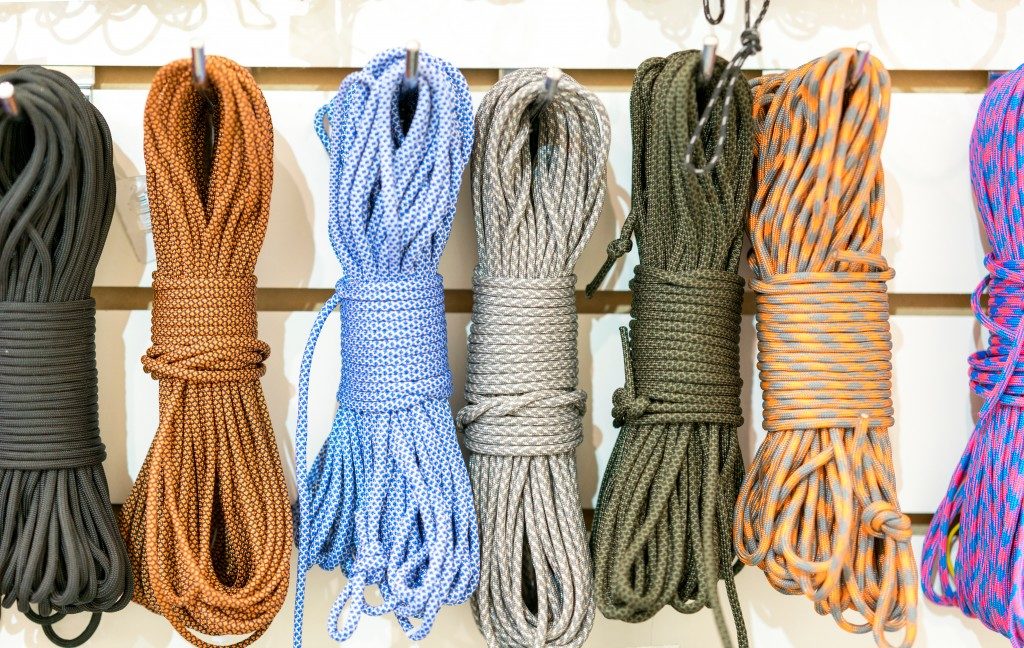Paracord is quite prominent among hunters and survivalists. These specially designed ropes are usually seen adorning bows or crossbows as bow grips and slings — or around the wrists of survivalists in the form of a bracelet. However, paracords aren't just ordinary ropes to be used as embellishment or accessories; they are versatile tools that are perfect for the outdoor environment.
Trapping Prey
The “insides” of paracord consist of seven to nine strands of three-piece yarn. These strands of yarn are light enough and strong enough to be used as makeshift traps. You can use the whole paracord for trapping larger prey by incorporating them into snare traps and the strength and durability of the cord will ensure that your prey won’t escape. Most hunters and survivalists use Type III or 550 paracords, and the 550 means it is rated as being capable of holding 550 lbs. of tension. Of course, your paracord traps should only be used in real survival scenarios as legal trapping requires legal licenses and approved trapping methods. If you don’t know how to make a basic snare, take a basic survival course. They’re a lot of fun and they could save your life if worse comes to worst.
Catching Fish

Catching fish is another survival skill where you can use paracord. Paracord (the inside yarn parts) are quite suitable for making makeshift fishing lines and nets. Just strip a suitable length of paracord and tie one end of a string to a stick and another to a lure. You can use your run-of-the-mill soda/beer can tab as a makeshift hook or just look for a thorny twig and cut it to the right proportions. Making paracord nets require more time and effort, but they’re easy to make in survival situations if the fish aren’t biting. You can use the extra strands from your cut paracord to bind branches and twigs to make a primitive smoking stack to preserve your fish.
Bringing Down Game
Paracord as bow grips, slings, and other accessories are quite common in most hunting circles. Most hunters and survivalists adorn their bows, crossbows, and knives with paracord for emergency use. Paracord can be used in making fire starters, makeshift slings, lean-tos, stretchers, and many other survival essentials. However, paracord can also be used for bringing down the actual game by using it to make basic survival bows. Paracord isn’t to be used as a replacement bow or crossbow string (they wouldn’t fit anyway), but it works well as a bowstring for a makeshift bow. Find a suitable piece of willow or ash, taper the ends, and curve it into a bow shape. Cut grooves on both ends and tie them off with paracord (nylon cover and all). Use straight willow or maple shoots for your arrows or you can split bamboo if they’re available. Your survival bow won’t have the draw weight and penetration power of your usual bow or crossbow, but it should be enough to bring down prey in survival situations.
 Paracord is the duct tape of hunters and survivalists. Wear one or two as a bracelet so that you’ll always have the means to survive in the wilderness.
Paracord is the duct tape of hunters and survivalists. Wear one or two as a bracelet so that you’ll always have the means to survive in the wilderness.







